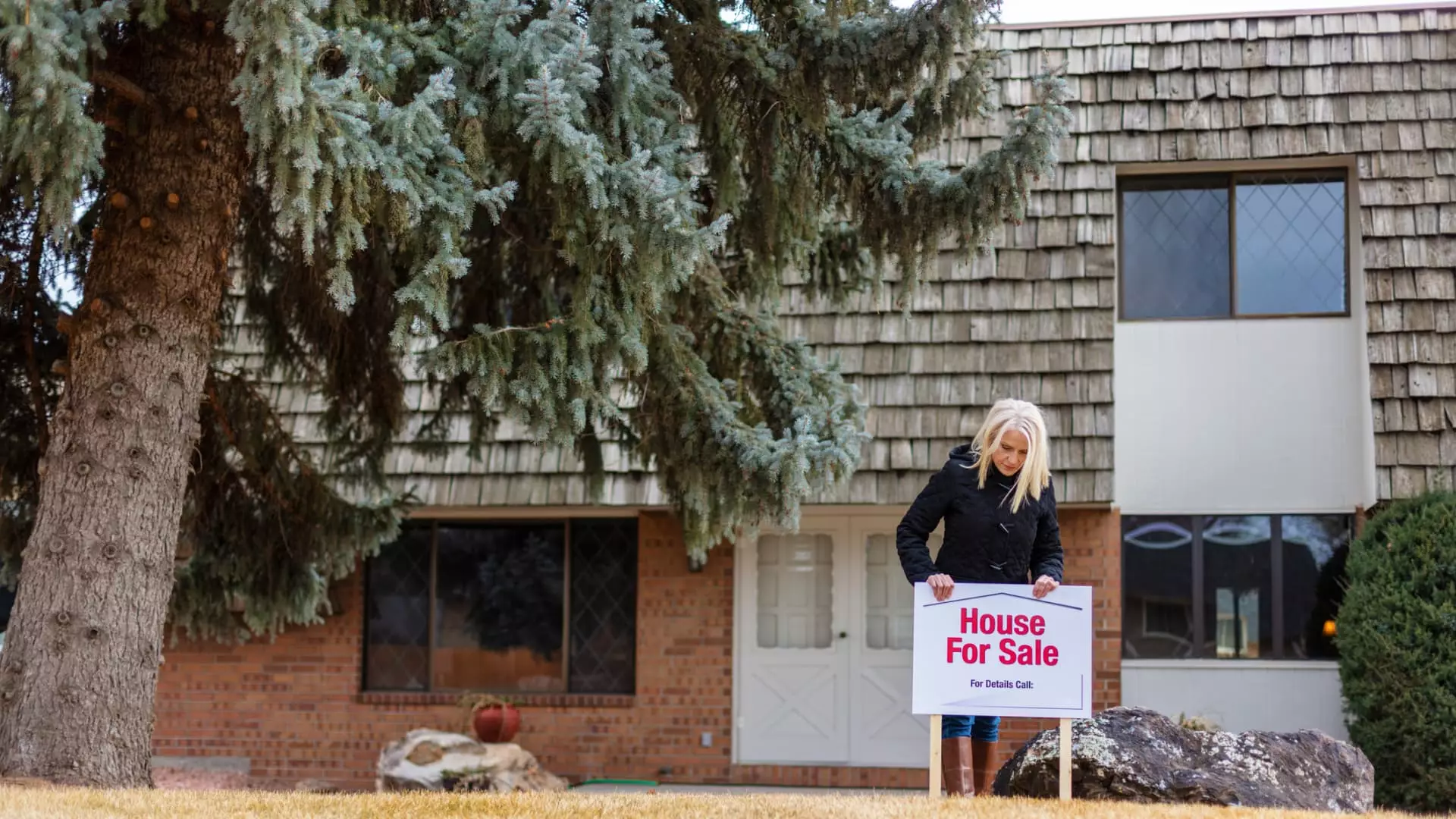The process of purchasing a home can often feel overwhelming, particularly in the current economic climate. With fluctuating markets and a diverse range of factors influencing home sales, prospective buyers may find themselves at a crossroads when determining the best locations to invest in property. A recent report from the National Association of Realtors (NAR) has identified ten U.S. metropolitan areas poised to become the next housing hot spots by 2025. This article will delve into these emerging markets while examining the essential factors contributing to their growth.
The housing industry is a complex system, influenced by a myriad of economic and demographic considerations. Although it’s challenging to predict the market’s course, certain locations show promise for both buyers and sellers in the upcoming years. The NAR report outlines vital characteristics that define these promising markets. Accessible homes at reasonable price points, low mortgage rates, job growth for younger populations, and significant in-migration trends are among these essential factors. Lawrence Yun, the NAR’s chief economist, accentuates that 2025 is expected to present an illuminating array of opportunities for the housing sector.
Among the ten identified hot spots, it’s noteworthy that four are based in the South, with an unusual absence of Florida among them. Three additional areas are located in the Midwest. The NAR’s assessment emphasizes various locations including:
– Boston-Cambridge-Newton, Massachusetts/New Hampshire
– Charlotte-Concord-Gastonia, North Carolina/South Carolina
– Grand Rapids-Kentwood, Michigan
– Greenville-Anderson, South Carolina
– Hartford-East-Hartford-Middletown, Connecticut
– Indianapolis-Carmel-Anderson, Indiana
– Kansas City, Missouri/Kansas
– Knoxville, Tennessee
– Phoenix-Mesa-Chandler, Arizona
– San Antonio-New Braunfels, Texas
The unique characteristics of these regions set them apart from other markets, suggesting a burgeoning potential for first-time buyers and investors.
Why Greenville-Anderson is a Stand Out
Among the other emerging hot spots, the metro area that comprises Greenville and Anderson, South Carolina, notably attracts attention. A multitude of reasons contribute to its favorable standing; the area boasts a robust financing environment and prosperous job creation rates. Furthermore, the availability of starter homes—estimated at 42% of total properties—encourages affordability for younger buyers, bolstering its appeal. In essence, such factors empower this market to thrive and mark it as a notable player in the trajectory towards 2025.
As we look ahead to 2025, experts have expressed both optimism and caution regarding potential market shifts. Jacob Channel, a senior economist at LendingTree, acknowledges the volatility of the current climate. Given upcoming political changes, including proposals that could significantly alter immigration policies and housing regulations, the landscape may be transformed. Proposed policies such as mass migration controls or new tariffs could disrupt labor forces within the construction sector, where immigrants currently comprise a significant portion of the workforce. Changes here could lead to escalated housing costs, making it vital for homebuyers to stay informed.
For those seeking to enter the housing market, keeping a close watch on the developments in these predicted hot spots is essential. With varied factors at play, understanding each market’s unique attributes can enable informed decisions. The potential for economic growth in these emerging regions underscores the importance of careful planning and research. As the market evolves, prospective buyers and investors alike should remain vigilant to opportunities in promising metropolitan areas. By solidifying your understanding of the housing landscape and anticipating changes, you’ll not only survive but thrive during these transformative times.

